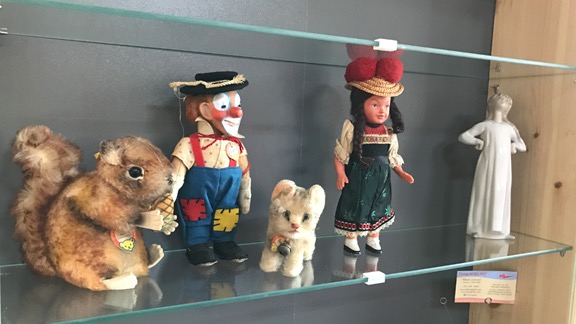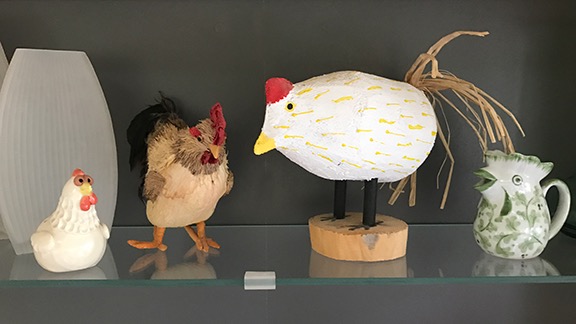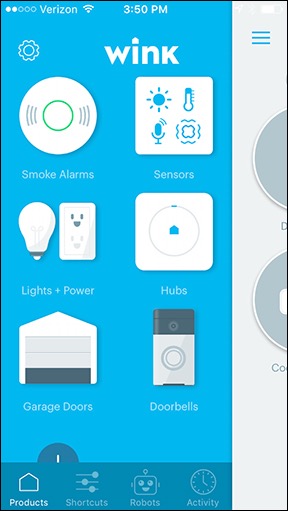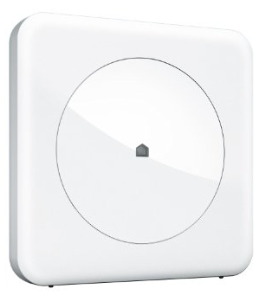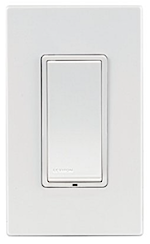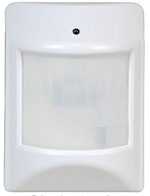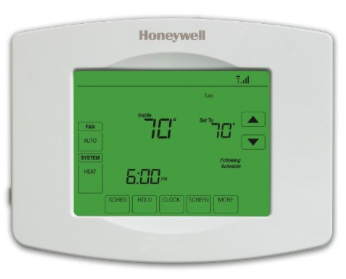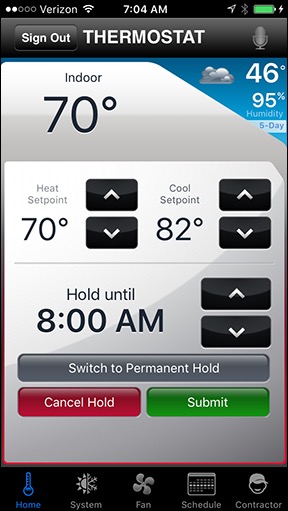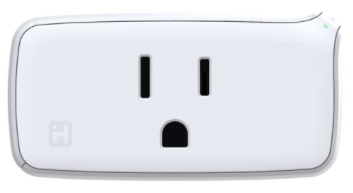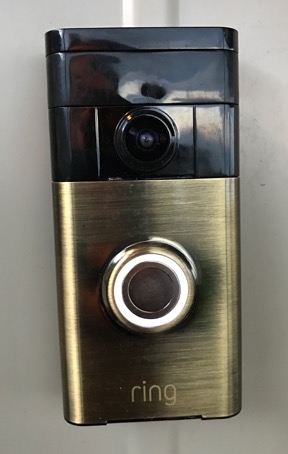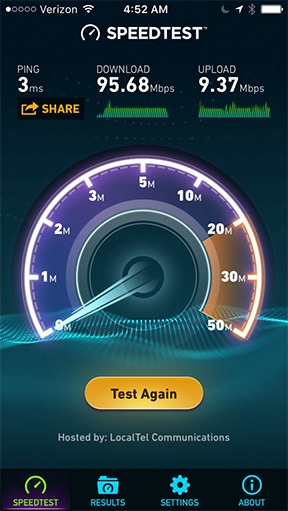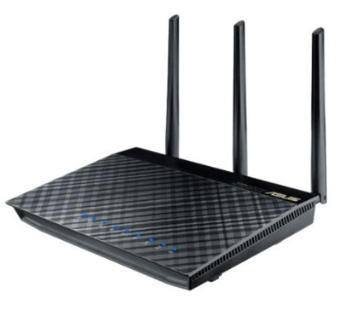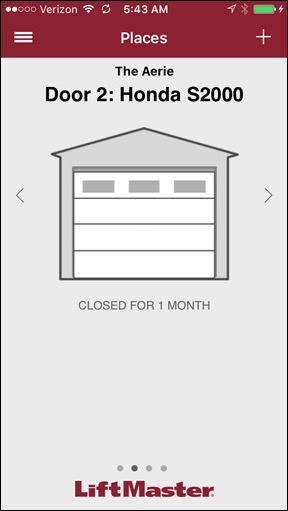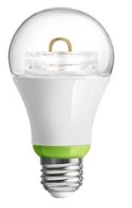A lot more enjoyable these days.
I’ve been thinking a lot about Christmas lately.
So what? you’re probably saying. Everyone is thinking about Christmas these days.
I’m sure that’s true. But I haven’t been thinking about it the way everyone else has. I haven’t been thinking about buying lots of gifts and getting the best deals on them. I haven’t been thinking about Christmas lights or trees or decorations. I haven’t been thinking about making holiday dinner or travel plans. I haven’t been thinking about recipes or picky eaters or squeezing people around a table that might be too small. I haven’t been thinking about traffic or bridge tolls or parking. I haven’t been thinking about the inevitable battle of ideas — red vs. blue — that’s certain to be a major part of any family gathering in the U.S.
In other words, I’m not thinking about Christmas the way most people are.
Instead, I’m reflecting on what Christmas used to be at my home and how it’s different now. Bear with me while I tell you a little about it.
Childhood Christmas
Christmas at my house when I was a kid was probably a lot like every other middle class family’s. It included a Christmas tree — normally live cut — with lots of decorations, some of which had been handed down as family heirlooms. Some years, there was an HO train around the base of the tree and antique figures, likely made from lead, skating on a mirror ice rink.
We usually spent Christmas Eve at our house, often with two or four grandparents. My mother made dinner, which was normally based around seafood. She seemed to think that Catholic tradition meant no meat on Christmas Eve and if I had an Internet connection right now, I’d look it up to see if she was right. It doesn’t really matter, though.
We usually opened gifts at midnight on Christmas Eve, sometimes after attending midnight mass. The year I realized Santa wasn’t real is the year my 6’4″ father showed up at our house in a Santa suit.
Gifts were the usual collection of toys and sweaters.
On Christmas Day, we went to my mother’s brother’s house about 10 miles away. I had two cousins — I suppose I still do, although I haven’t seen or heard from either one of them in over 15 years — who were just younger than me and my sister. My sister and I always got the same gift from my aunt and uncle: a pair of identical dolls, a pair of identical sweaters, a pair of identical scarves, etc. (Only 16 months apart, we looked so similar that people thought we were twins and my aunt trying to dress us the same every Christmas didn’t make things any better.) My aunt made a huge Italian dinner that started with an antipasto and progressed through the remaining courses: pasta, meat (ham or turkey) with sides, dessert with coffee or espresso, and nuts. It took hours to eat. The kids ate at the kitchen table while the grownups squeezed around the long dining room table. When my godfather was there, things often got rowdy. It was always loud.
Christmas with a New Family
After my parents split and my mother remarried, Christmas changed. There were far more gifts with much bigger price tags. I remember getting a rabbit fur coat that first Christmas — it was in the mid 1970s and I was about 15 — and feeling like I was a rich kid.
It was probably around this time that we started the tradition of distributing the gifts and then each person opening one up while we went around the room until all the presents had been opened. It took over an hour to get through them all — mostly because we all had some kind of commentary about every single gift — but I enjoyed every minute. Not only did you get to see what each person got as a gift, but you got to see their reaction to it. As you might imagine, this ranged from are you kidding another sweater? to omigod this is exactly what I wanted!
I don’t remember the arrangements for that first Christmas, but I’m pretty sure my steps — two stepsisters and a stepbrother just a little older than us — came over. They certainly did when we moved to Long Island in 1977. It was probably about a 90-mile drive for them, which I know was rough because around then is when we started making the long drive from Long Island to New Jersey on Christmas Day. That was a bitch because there was always traffic on the Cross Bronx Expressway, which we couldn’t avoid.
Every year was a little different after that, although I’m pretty sure Christmas Eve was always at our house with that seafood dinner. My brother made lobster bisque one year when he was in culinary school and my sister and I rescued large hunks of lobster from the trash; he claimed he only cooked them for their flavor and didn’t need them in the soup. (WTF?)
Christmas as Half of a Couple
When I lived in Queens and later New Jersey with my future wasband, Christmas was a bit of an ordeal, mostly because of travel. We’d go to my parents house on Christmas Eve and his parents house on Christmas Day. Traffic was a nightmare, especially on Christmas Day when we lived in New Jersey. We were dealing with the Cross Bronx Expressway again, but in the opposite direction. Amazingly it was bumper-to-bumper in both directions.
At my parents’ house, the Christmas Eve traditions went on: tree, holiday decorations, seafood dinner, presents opening as close to midnight as possible. One or more of the steps usually showed up with a boyfriend or spouse. We often killed time by playing poker — for money — at a nice game table my parents had in the corner of the living room. It was usually pleasant.
At my future wasband’s parents’ house, things were different. It was loud, presents were opened in a mad rush that took 10 minutes and left you wondering what the person who got your gift thought about it, and there was a constant undertone of bickering. His mother was (understandably) stressed and his father teased her mercilessly so voices got raised. His sister’s high-pitched voice always seemed to be heard above the general din. It was never a pleasant experience for me but I did it because, well, that’s what you do when you’re part of a couple.
Christmas in Arizona
Things improved immensely when we moved to Arizona, leaving both of our families behind. Although we did go back a few times for the holidays — what were we thinking? — we eventually stopped the insanity and spent quiet Christmases at home or at some vacation property we owned near the Grand Canyon. One year we grabbed our cameras, hopped in my Jeep, and spent Christmas Day exploring the desert. (It was a foreshadowing of my future Christmases.)
The one year his family flew out to stay with us for Christmas was a borderline disaster, starting with their flight from New York. In my wasband’s never-ending attempts to save a buck, he’d managed to save $50 on airfare by putting his sister and mother on a flight on ATA with a stop at Chicago’s Midway Airport. What could go wrong with a budget airline winter flight stopping over in a northern city? The plane had mechanical issues and because they didn’t have a spare plane, his mother and sister were stuck at Midway for a while. I don’t remember the details — hell, his brother and niece may have been with them — but it cast a pall over their entire trip. His sister, of course, made things worse by refusing to sleep on the futon in my office, forcing my wasband to put her up in a hotel. Always interested in saving a buck, he put her in a place in town that wasn’t exactly the Hilton with an indoor pool that she apparently expected. Then she refused to take his car to make the trip back and forth, forcing him to become her taxi service when she wanted to come and go. Then, if that wasn’t enough, she decided to go through my dresser drawers and came down wearing my favorite t-shirt. I was so surprised that I actually said something about it which, of course, offended her to the point where she pretty much stopped talking to me for the rest of the stay. (Lucky me.)
As you can imagine, they never came back as a group again.
(A side story here. My family’s one-time visit as a group to our house in Arizona had its hiccups, too. It was Thanksgiving and I think it might have been the same year. Sitting around the kitchen table talking or playing cards or something, my sister or brother said something to me and I replied in my best Sarah Palin voice, “You betcha!” My mother went freaking ballistic. It was the year that McCain and Palin had lost to Obama and she was still sore about it. That was the beginning of a huge political riff caused primarily by her addiction to Fox News. She once told my sister that 9/11 happened because my sister voted for Gore. Where do people get crazy ideas like that?)
Anyway, Christmas on our own was a lot more relaxed and pleasant than it had been back east. And I liked it!
Christmas on My Own
The year my crazy divorce started, I spent Christmas at my mother’s house. She’d moved with my step dad to Florida. I went down far enough in advance to avoid travel woes and I came home to Arizona — I was still living in my “marital home” — on Christmas Day. Flying on the airlines on Christmas Day is quite a pleasure; try it sometime.
After that, when I moved to Washington and built my new home, I did my own thing for Christmas. I usually went cross country skiing up the Methow Valley, which has some of the best groomed trails in the country. (Supposedly, Olympic athletes train there.) Sometimes I’d already gone south for the winter and did something alone or with friends — two years ago I saw a movie, last year I went boating. Very relaxing.
Over time, the actual date of Christmas started to shift. My sister, brother, and I began shopping using Amazon wish lists. Throughout the year, we’d add things we wanted to a list and then, right around Thanksgiving, tune up that list so it only included the items we really wanted. Then, after Thanksgiving, we’d use the lists to shop for each other. This is amazingly convenient for three reasons:
- You are guaranteed to get the recipient exactly what he/she wants. Hell, they gave you a link to it!
- You can get all your shopping done without leaving the house. You can even do it in the middle of the night if you have weird sleep patterns like I do.
- You don’t have to worry about wrapping and boxing and shipping the item to the recipient. Amazon does it for you. This is a huge cost-saver with free shipping when recipients live in New Jersey, Florida, and Washington State.
In the beginning, we’d wait until Christmas to open the gifts. At least my sister and I would. My brother opened them as they arrived. So we all started opening them as soon as they arrived. For a while, it’s Christmas every few days. And then the last present arrives and all the thank you phone calls and texts stop coming and going. And that’s when Christmas is over.
As least for me.
This year, Christmas ended for me on around December 10. I was done Christmas shopping and had gotten all of my gifts. I had no holiday parties to attend — although I did turn down two invitations — and no travel plans other than my usual plan to go south. I had no reason to go to a mall or any other shopping center where I might be subject to large doses of holiday music.
(Another side note here. I have to say that I’m bummed out about the newly found hate for the song Baby It’s Cold Outside, which I’ve always considered a playful seasonal duet. Yes, I realize that no means no, but seriously? Do you really think it’s a product of rape culture? Get a grip. What’s next? Jingle Bells? Will PETA take issue with that poor horse pulling a sleigh in the cold? [Insert eyeroll emoji here.])
How I’ll Spend This Christmas
The calendar tells me that it’s Christmas Eve morning, but I just see it as a Monday on vacation. I’m camped out in the desert with a friend. Soon she and her significant other will leave on a long drive to his parents house in California. They’ll participate in the same kind of Christmas rituals other people — including me in the past — participate in. Meanwhile, I’ll probably head into town to top off a propane tank and fetch some water and maybe buy some beads for a project I’m working on. Later, I’ll grill up a nice piece of salmon for dinner — ironically having fish on Christmas Eve.
Weather permitting, I’ll spend Tuesday — which you might think of as Christmas — in the shop I set up outside my camper, practicing my soldering skills (which need a lot of practice). If it’s really nice, I’ll take my new kayak — a Christmas present to myself — out for a paddle on the backwater channel I can see from my camper window. Maybe I’ll grill up a steak for dinner, but it’s more likely that I’ll make a nice omelet using eggs I brought south from my chickens at home.

I’m at my Christmas destination. Here’s what Friday’s sunrise looked like.
If you’re reading this and are, for some reason, pitying me because I’ll spend Christmas alone, save your pity for someone else. I’m pitying the people who have to climb into cars and brave traffic to gather at a relative’s home for noise, bickering, disappointing gifts, and the inevitable political argument. I’ve been there and I’ve done that and I’m so very, very glad I’ll likely never have to do it again.
You Don’t Need Holidays
My thoughts about holidays like Christmas, Thanksgiving, and Easter are simple: People put too much emphasis on them and not enough on the 362 other days of the year.
You want to spend some quality time with a relative or friend? Go visit them in June or February or October. A day that isn’t a holiday, a day that doesn’t come with holiday baggage. Or better yet, meet them in a place you’d both like to visit — a park or a museum or a restaurant — and spent your quality time there, enjoying a shared experience that doesn’t require one of you to clean house, prepare a meal, or fret about having company.
And if you happen to think about me and this blog post while you’re enduring your own Christmas trials this year, try hard not to be too jealous.






